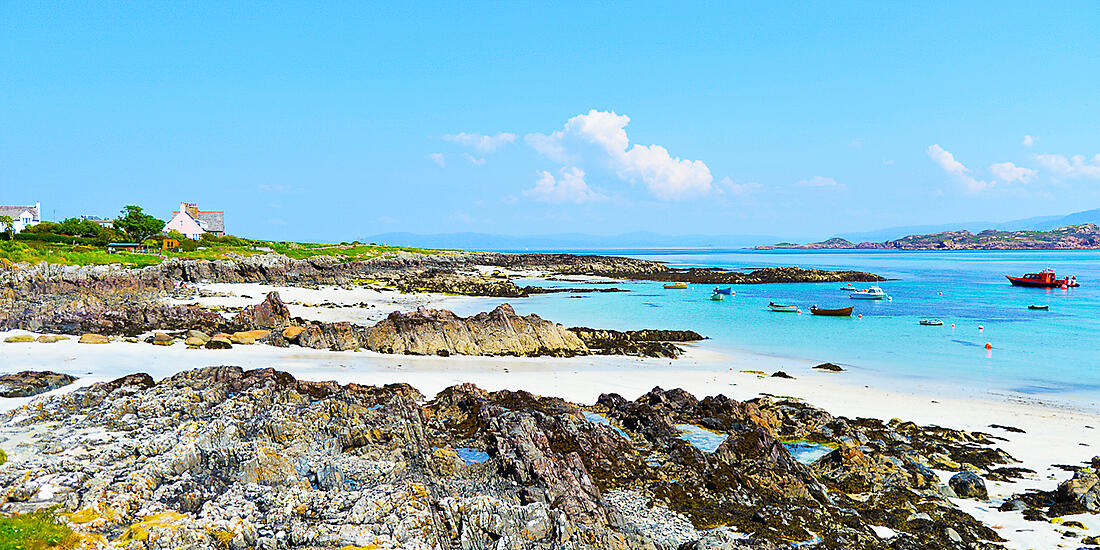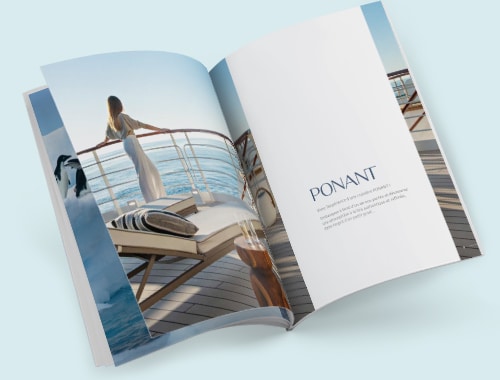raisons de découvrir l'Arctique
On le dit mythique, au moins autant que son opposé, L’Antarctique. On n’en connaît que rarement les régions les plus isolées. C’est ce qui fait son charme. Et pourtant, l'Arctique comprend huit pays (la Norvège, la Suède, la Finlande, la Russie, les Etats-Unis, le Canada, le Danemark et l’Islande) et plus encore de merveilles à découvrir. Voici trois raisons de partir en Arctique.
En savoir plus
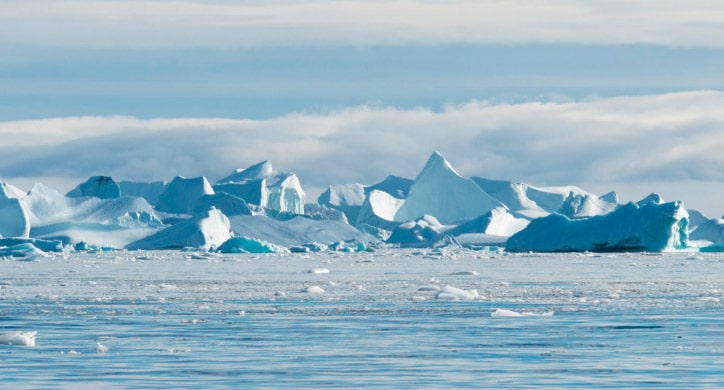
Les Incontournables de l'Arctique
Une croisière de luxe en Arctique est l’occasion rêvée de conjuguer rêve d’aventure et rencontres uniques, dans des décors grandioses. Du Groenland au Spitzberg, en passant par le Canada arctique ou l’Islande, voici les incontournables du Grand Nord.
En savoir plus
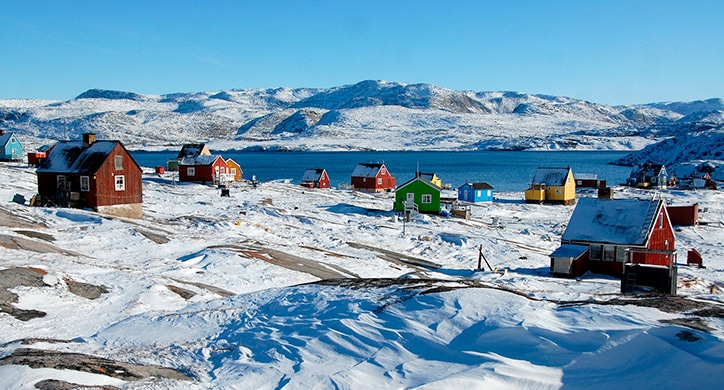
Explorez l'Arctique
3 raisons de découvrir l'Arctique
On le dit mythique, au moins autant que son opposé, l’Antarctique. On n’en connaît que rarement les régions les plus isolées. C’est ce qui fait son charme. Et pourtant, l’Arctique comprend huit pays (la Norvège, la Suède, la Finlande, la Russie, les Etats-Unis, le Canada, le Danemark et l’Islande) et plus encore de merveilles à découvrir. Voici trois raisons de partir en croisière en Arctique.
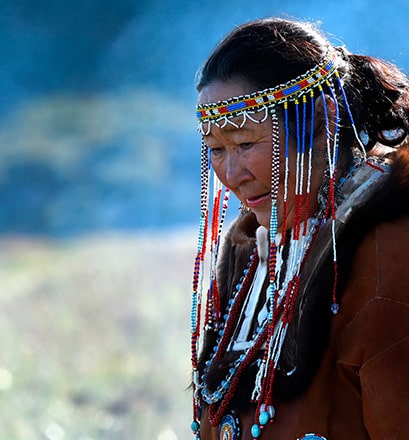
Rencontrer les communautés locales
Répartis au Groenland, en Alaska et au Canada, les Inuits perpétuent leurs traditions depuis plus de 4 000 ans. Dans l’immensité glacée du Grand Nord, leur mode de vie ancestral force le respect.
Leur quotidien est rythmé par le niveau des marées et l’état de la banquise, leurs activités s’articulent autour de la chasse et de la pêche. Habiles artisans, ils réalisent de véritables œuvres d’art en sculptant l’ivoire des morses ou des narvals et travaillent les fourrures et les peaux des mammifères marins.
Soucieux de transmettre leur héritage, les Inuits accueillent les voyageurs avec bienveillance pour partager leurs coutumes, leurs danses et musiques traditionnelles.
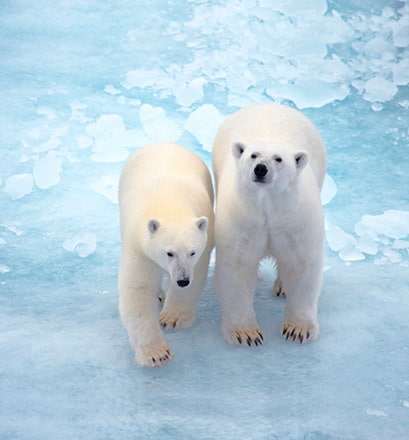
Découvrir une nature grandiose
Au cœur des glaces du Grand Nord ou des forêts primaires de l’Alaska, l’Arctique dévoile ses paysages majestueux. Les icebergs colossaux dérivent dans un silence assourdissant, les glaciers alternent avec la banquise, les impressionnants geysers et les volcans se dressent vers les cieux, les lacs, les rivières, les forêts de conifères s’étendent à perte de vue…
Tous abritent une faune exceptionnelle. Dans les eaux du Spitzberg ou de la mer de Baffin, baleines à bosse, rorquals, narvals, orques et phoques offrent un spectacle époustouflant. À terre, ce sont les ours blancs, les morses, les bœufs musqués, les renards arctiques ou les rennes du Svalbard que l’on observe avec émotion. Dans les airs, d’innombrables espèces d’oiseaux, parmi lesquelles les sternes arctiques, les macareux, les aigles de mer, les fous de Bassan et les pygargues à tête blanche se partagent l’horizon à perte de vue.
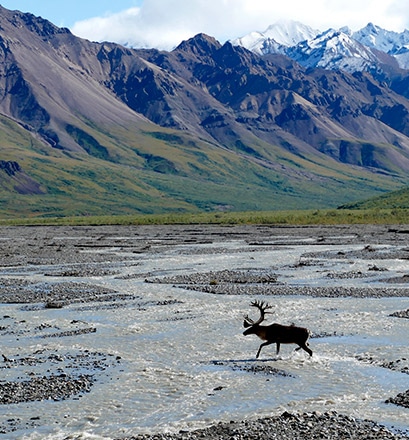
Partir sur les traces des grands explorateurs
De tous temps, l’Arctique a attiré les intrépides en quête d’aventures. Du territoire de l’Ultima Thulé, mythique royaume des Vikings, au Pôle Nord, les hommes se sont surpassés. Ils ont défié les éléments et repoussé toutes les limites. On retient encore aujourd’hui les exploits de James Cook, qui sillonna les côtes de l’Alaska en 1778, de Roald Amundsen, premier homme à franchir le passage du Nord-Ouest au tout début du XXe siècle ou encore de Paul-Emile Victor. Ce dernier embarqua pour la première fois en 1934 avec le célèbre Jean-Baptiste Charcot, direction le Groenland. En 1936, il le traversa d’Ouest en Est, en traîneaux à chiens : un exploit ! Il restera ensuite 14 mois seul dans une famille Inuit de Kangerlussuaq. Ses récits permettront de mettre en lumière ces populations et leurs traditions jusque-là méconnues en Europe.
Les Incontournables de l'Arctique
Une croisière en Arctique est l’occasion rêvée de conjuguer rêve d’aventure et rencontres uniques, dans des décors grandioses. Du Groenland au Spitzberg, en passant par le Canada arctique ou l’Islande, voici les incontournables du Grand Nord.
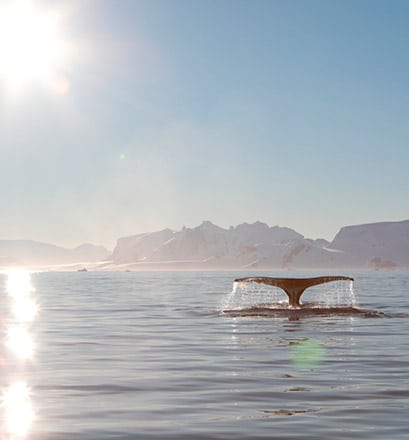
Observer les baleines au Groenland
Si Groenland signifie « terre verte », il s’agit surtout de l’île du « bout du monde », où la nature grandiose offre des spectacles uniques. Parmi ceux-là, le ballet des grands mammifères marins dans les eaux glacées procure une rare émotion. Huit espèces de baleines se retrouvent ici à diverses périodes de l’année. Baleines à bosses, baleines bleues et autres rorquals partagent cet habitat sauvage avec les orques, les phoques ou encore les narvals.
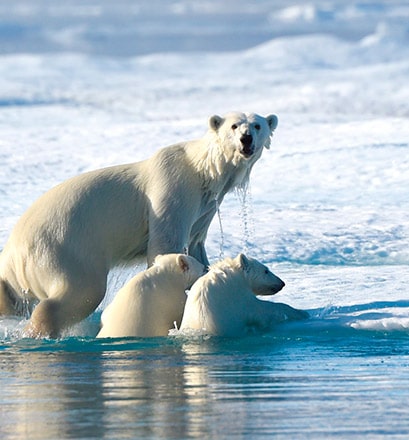
Partir sur les traces des ours polaires au Spitzberg
Au-dessus de 78° Nord, le Spitzberg apparaît aussi comme une terre de bout du monde. Dernière île avant le pôle, ce territoire de l’archipel du Svalbard dévoile des côtes ciselées qui se fondent dans une mer de glace. Au cœur de ces paysages blancs et de ces lieux préservés, l'ours polaire fait figure de grand prédateur et règne en seigneur sur la banquise. On estime la population des ours polaires en Arctique à 20 000 individus. Seuls deux autres mammifères terrestres partagent son territoire : le renne et le renard arctique.
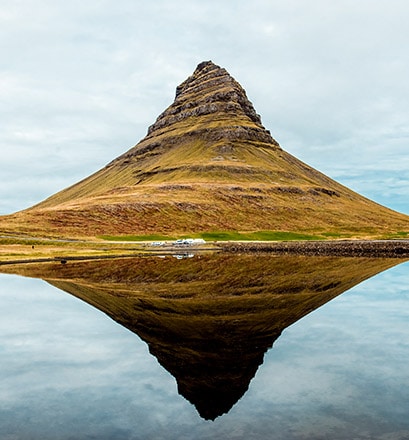
Admirer le volcan de Kirkjufell en Islande
À environ 170 km de Reykjavik, sur la côte ouest islandaise, se trouve la péninsule de Snæfellsnes. Elle abrite la petite ville de Grundarfjörður dans un panorama dominé par le volcan de Kirkjufell. Les coulées de lave accumulées à son sommet et datant de plusieurs millions d’années confèrent une aura quasi-surréelle aux lieux. Entouré d’eau, il représente parfaitement les paysages islandais. Des ruisseaux parcourent les paysages, des cascades leur donnent un côté mystique.
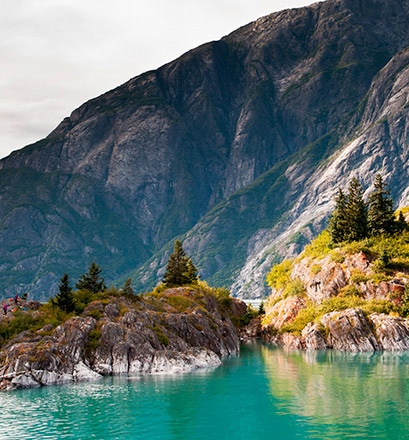
Parcourir les îles Aléoutiennes
Elles forment un chapelet de confettis volcaniques sur près de 2 000 kilomètres, entre les Etats-Unis et la Russie. Situées au sud-ouest de l’Alaska, les îles Aléoutiennes figurent un bout du monde extraordinaire : elles constituent la partie émergée de la grande ceinture de feu du Pacifique. Ici, chaque île est un volcan couronné de glace, et les paysages composés de toundra, tapissés de fleurs sauvages et de lichens, s’observent à perte de vue. Dans cet écrin préservé, la faune sauvage est exceptionnellement variée : il est fréquent d’observer baleines et orques, et plus de 200 espèces d’oiseaux y ont été recensées.
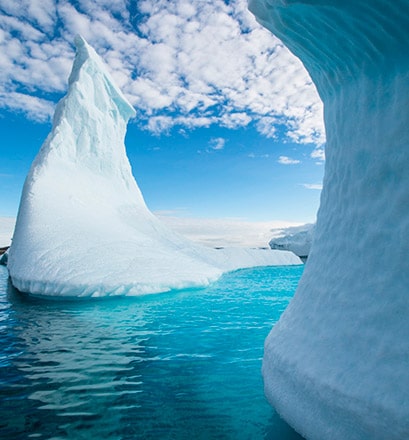
Franchir le passage du Nord-Ouest en vrai explorateur
Dès 1497 est formulée l’hypothèse d’une voie maritime permettant de relier l’océan Atlantique et l’océan Pacifique, en passant par le nord du Canada. Envoyés d’Europe ou d’Amérique du nord, nombre de navigateurs tentent de trouver ce chemin… Après maintes tragédies et exploits, c’est finalement le Norvégien Roald Amundsen qui y parvint le premier, en 1906.
Partez sur les traces de ces explorateurs, bien au-delà du cercle polaire, et vivez cette expérience unique. Le passage n’est accessible que pendant le court été arctique. Le reste de l’année, les glaces empêchent toute navigation.
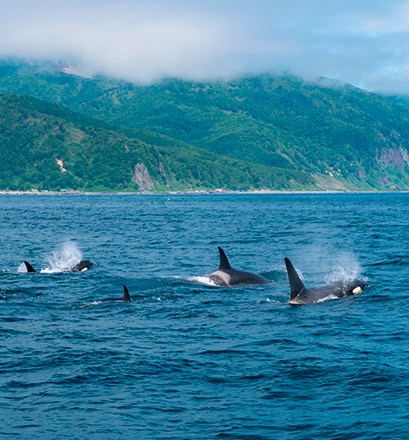
Découvrir la mer d’Okhotsk
Surnommée la « mer des chasseurs », la mer d’Okhotsk est considérée comme la plus poissonneuse au monde, très prisée par les baleiniers en provenance des États-Unis au XIXe siècle. Les marins n’hésitaient pas à entreprendre un voyage de trois ans en passant par le cap Horn, dans l’espoir de capturer de précieuses baleines pour en revendre l’huile au prix fort.
Aujourd’hui, les baleines grises prospèrent en toute tranquillité, tout comme le reste de la riche faune qui peuple les lieux : phoques à rubans, nombreuses espèces d’oiseaux, pygargues de Steller, ours bruns, otaries, phoques… réservent de belles surprises dans cette partie isolée de l’Extrême-Orient russe.
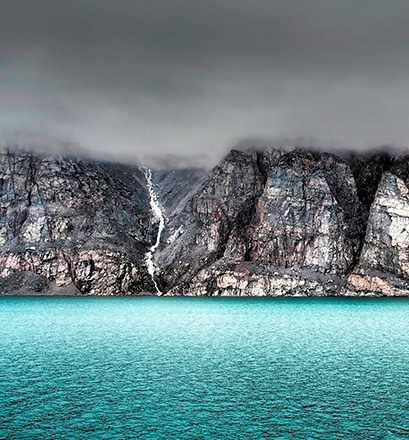
Naviguer en mer de Baffin
Entre la façade ouest du Groenland et l’est du Canada arctique, la mer de Baffin est l’une des plus secrètes du globe. C’est ici qu’est localisé le pôle Nord magnétique, entre étendues d’eau glacées, icebergs, glaciers et fjords gigantesques. Comme pour ajouter de la magie à ce fabuleux décor, la faune sauvage offre un spectacle grandiose. Baleines à bosse, ours polaires, morses et oiseaux migrateurs y ont élu domicile. Sillonner la mer de Baffin, c’est retrouver une beauté originelle que peu d’endroits sur terre ont conservée.







